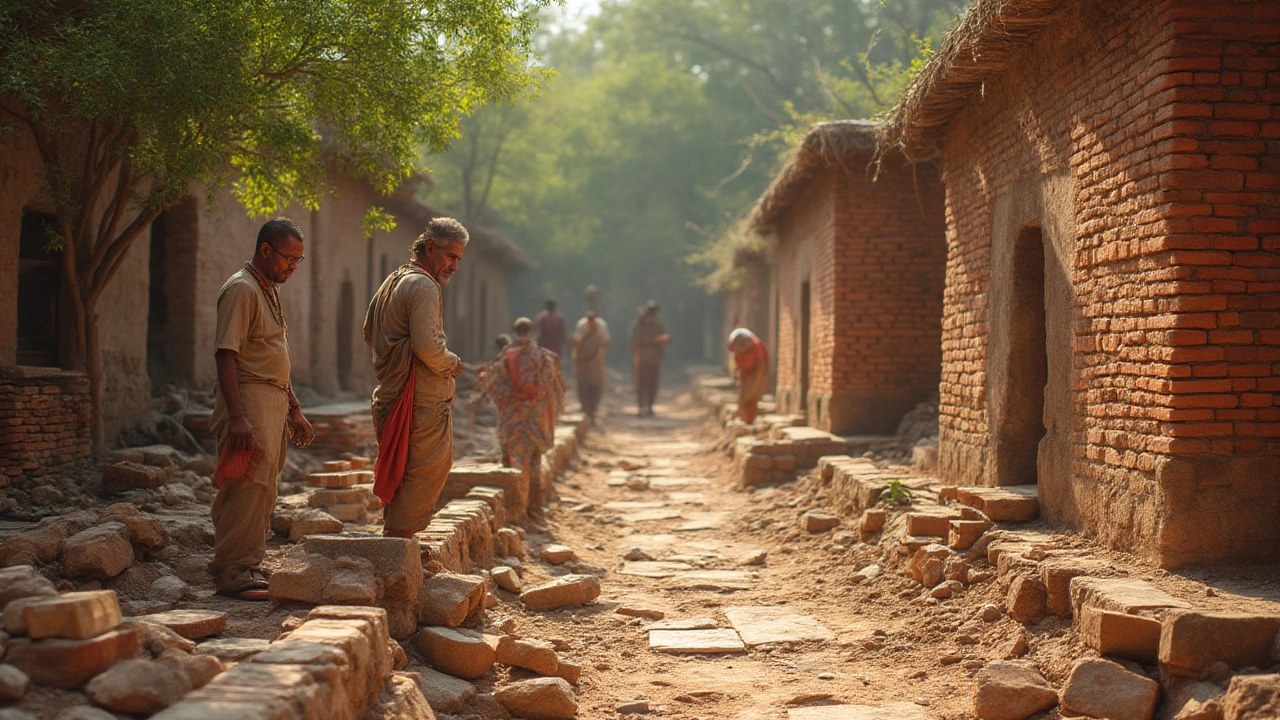Home Construction: Build Strong, Save Money, Stay Healthy
When working with Home Construction, the process of planning, designing, and erecting residential buildings. Also known as residential construction, it brings together many moving parts that must work in sync. A key part of any project is Building Materials, the physical components such as stone, brick, concrete, steel, or modern composites that form the house’s structure. Equally important is Construction Cost, the total financial outlay covering land, labor, permits, and materials, which often decides whether a dream home stays a dream. When moisture sneaks in, Mold Prevention, strategies like proper ventilation, vapor barriers, and moisture‑monitoring systems become essential to protect health and property value. Finally, keeping an eye on New Build Trends, innovations such as energy‑efficient designs, modular construction, and smart home integration popular in 2025 helps you future‑proof your investment.
Materials That Make a Home Last
Choosing the right material is half the battle. Stone and brick have been trusted for centuries because they resist weather and fire, but they add weight and cost. Concrete offers a balance of strength and flexibility; reinforced concrete frames can survive earthquakes and heavy loads while staying relatively affordable. Modern alternatives like fiber‑reinforced polymers or insulated panels reduce weight and improve thermal performance, letting you meet green building standards without sacrificing durability. When you match material choice with local climate—using pressure‑treated wood in humid zones or steel where termite risk is high—you boost the home’s lifespan and lower long‑term maintenance.
Cost control doesn’t stop at picking cheap supplies. Accurate budgeting starts with a clear scope, realistic labor estimates, and contingency reserves for unexpected site conditions. A typical new build’s biggest expense is usually the structural framework, followed by finishes and mechanical systems. Tracking expenses against a phased schedule helps you catch overruns early. Smart buyers also negotiate bulk discounts on bricks, concrete, or steel, and consider prefabricated components that cut labor hours. By understanding where money flows, you keep the project on track and avoid the dreaded “most expensive part” surprise.
Mold is the silent enemy many new homeowners overlook. Even a well‑built house can trap moisture if drainage, vapor barriers, or HVAC design are off. The first line of defense is a dry, well‑ventilated building envelope—installing proper sill seals, using moisture‑resistant drywall, and ensuring roof overhangs direct water away. After the house is occupied, regular checks for condensation on windows, musty odors, or water stains let you intervene before fungi spread. Simple actions like running exhaust fans during showers and maintaining indoor humidity below 60 % keep the indoor air healthy and the structure sound.
Looking ahead, 2025’s new‑build trends are reshaping how we think about home construction. Energy‑efficient windows, solar‑ready roofs, and smart thermostats are becoming baseline features rather than upgrades. Modular construction kits allow faster assembly on site, reducing weather‑related delays and waste. These trends not only lower operating costs but also raise resale value. Below you’ll find articles that dig deeper into each of these areas—material choices, budgeting tricks, mold‑proofing tips, and the latest design innovations—so you can move from idea to a home that stands the test of time.
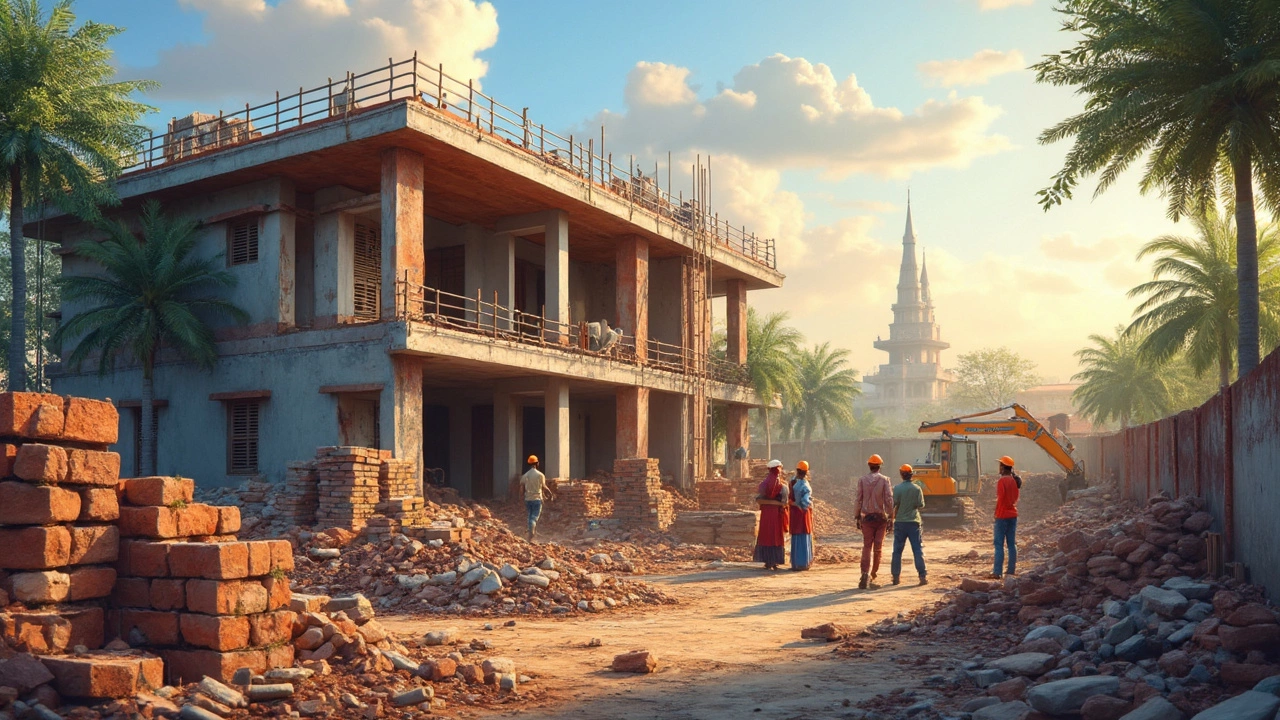 26 Jun 2025
26 Jun 2025
Find out which part of building a new house costs the most, the reasons behind the high price tag, and practical tips to control your home construction budget.
View More
 15 Apr 2025
15 Apr 2025
Building a house that stands the test of time is more important than ever. From materials that withstand the harshest environments to innovative design strategies, finding the most durable house construction methods is crucial. We'll explore various building techniques and materials, such as concrete, steel, and even new-age tech like 3D printing. Understanding these options can help you make informed decisions for a resilient home.
View More
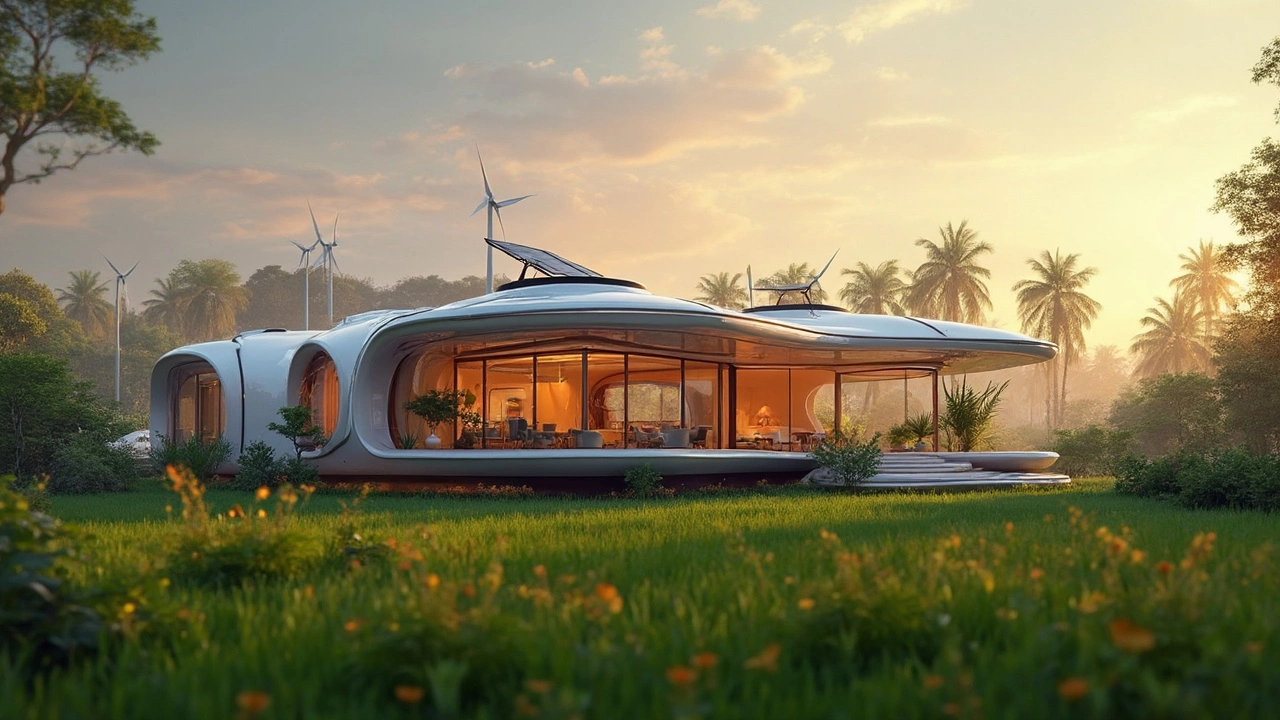 18 Mar 2025
18 Mar 2025
Building a new home in 2025? From energy-efficient tech to innovative layouts, discover what modern new builds have to offer. Explore key features, popular trends, and essential tips for buyers. Get insight into hidden costs and how flexible options cater to your lifestyle. Whether it's your first home or an upgrade, learn the essentials of today's new builds.
View More
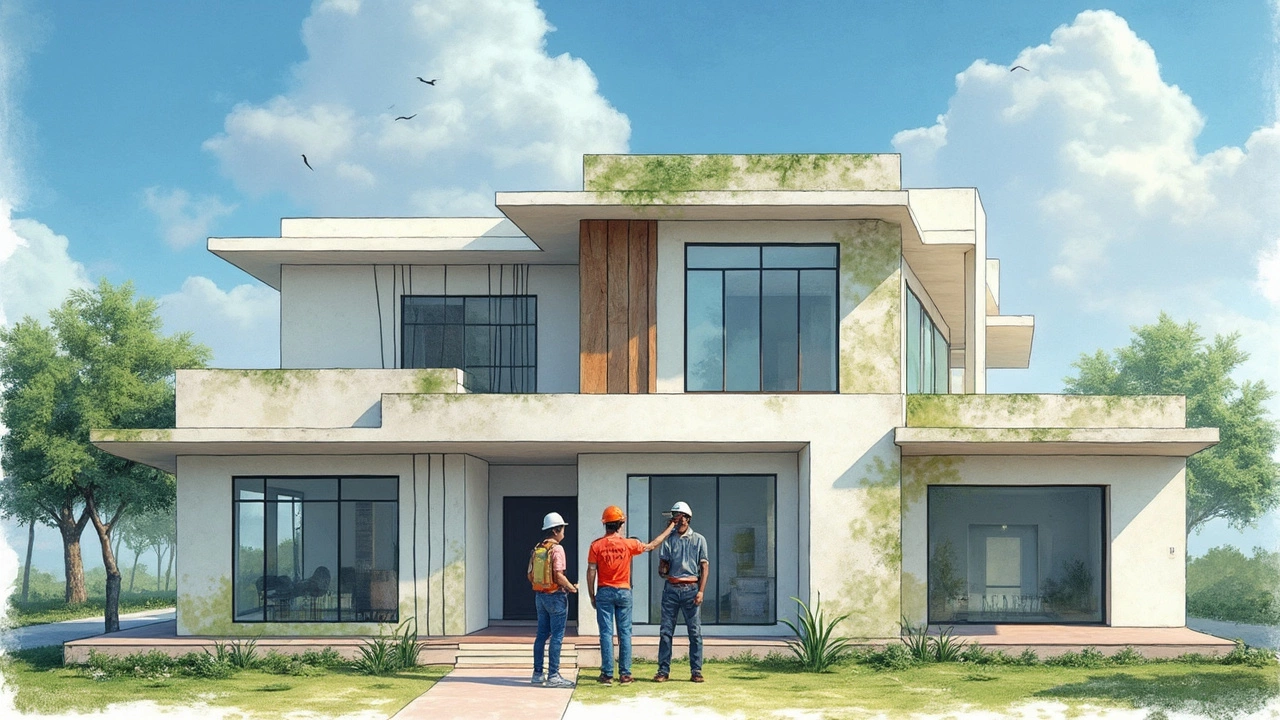 4 Mar 2025
4 Mar 2025
Mold in new constructions is surprisingly common, often due to factors like trapped moisture, rushed construction timelines, and inadequate ventilation. Understanding why this happens can help in preventing these unpleasant surprises in brand new homes. The key lies in recognizing the signs early and implementing effective preventative measures. With a focus on controlling humidity and ensuring proper airflow, homeowners can safeguard their newly built properties from mold.
View More
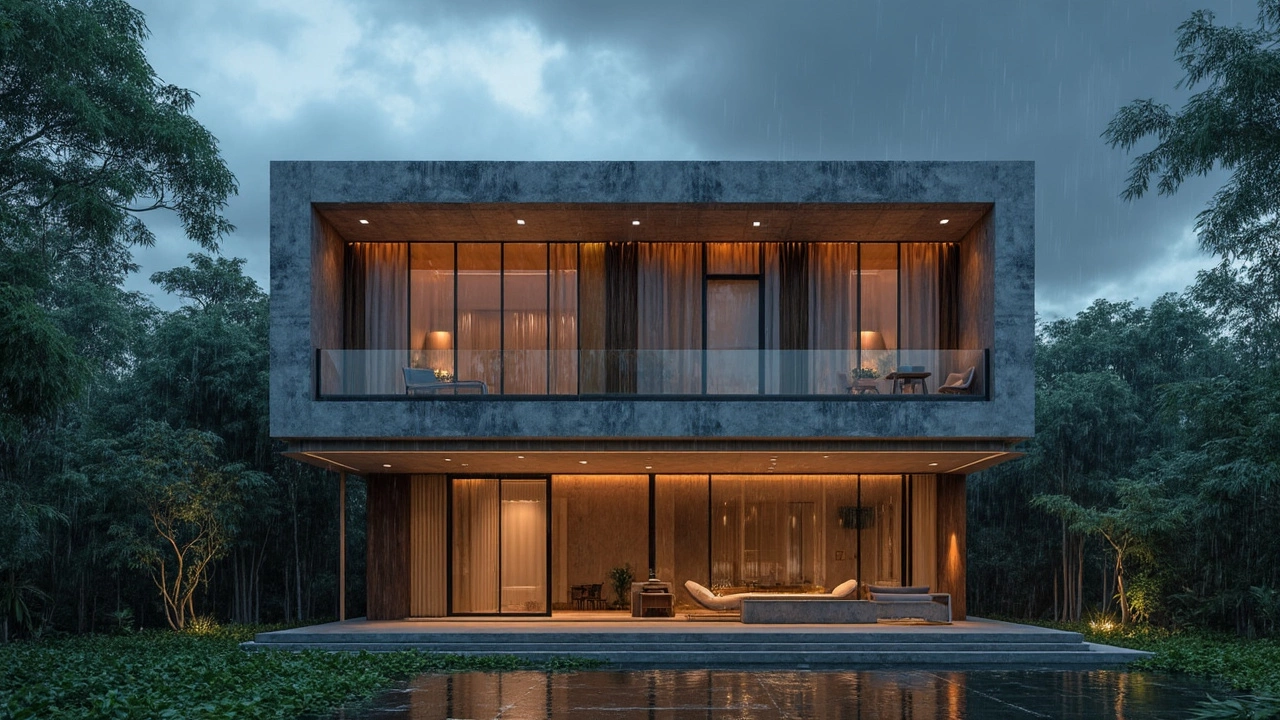 8 Feb 2025
8 Feb 2025
Newly built homes might seem invincible to issues like mold, but the reality is quite different. While modern construction techniques aim to prevent mold, it can still occur if certain precautions aren't taken. This article explores why new builds can get mold, the common causes, and actionable steps homeowners can take to prevent it. From understanding moisture management to recognizing early signs, stay informed to protect your investment. Mold prevention isn't just for old houses; new builds need attention too.
View More
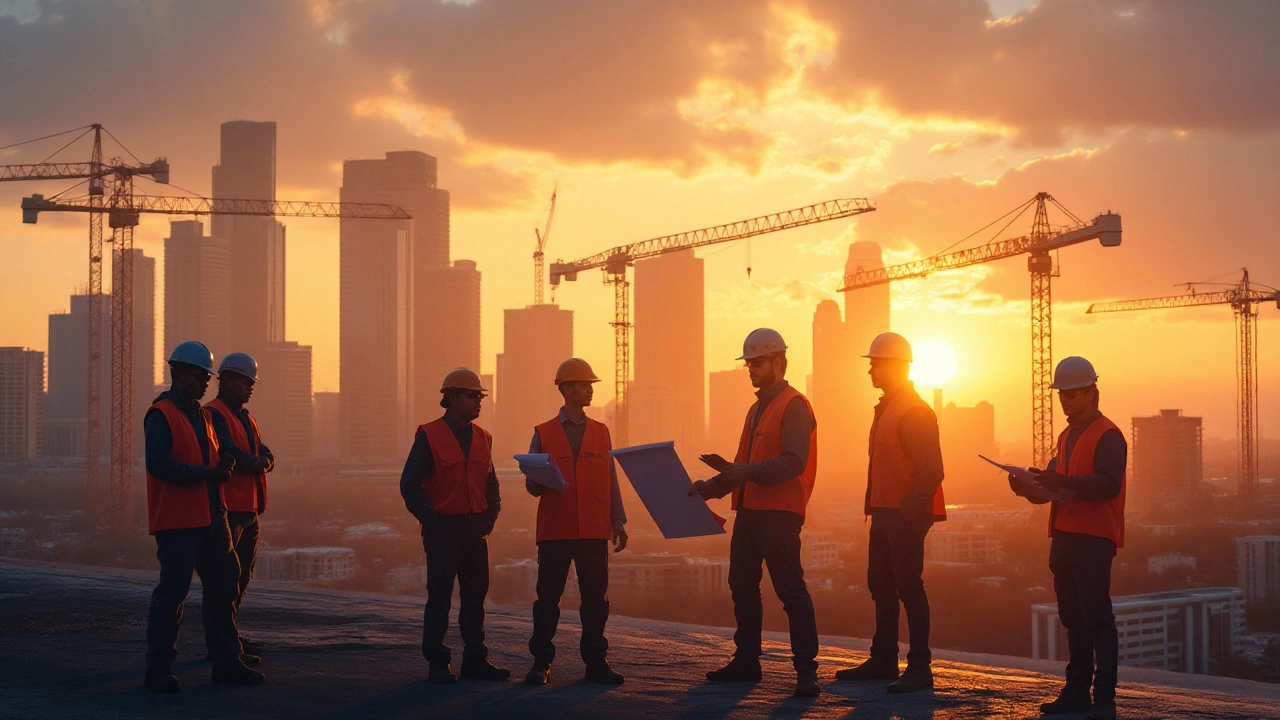 4 Feb 2025
4 Feb 2025
Finding the right company for new home builds requires insight into quality, reliability, and customer satisfaction. This article explores top contenders in Calgary's competitive construction market, detailing what sets leading companies apart. Learn tips on navigating the building process and factors to make informed decisions. Elevate your home construction journey by understanding who can best meet your needs.
View More
